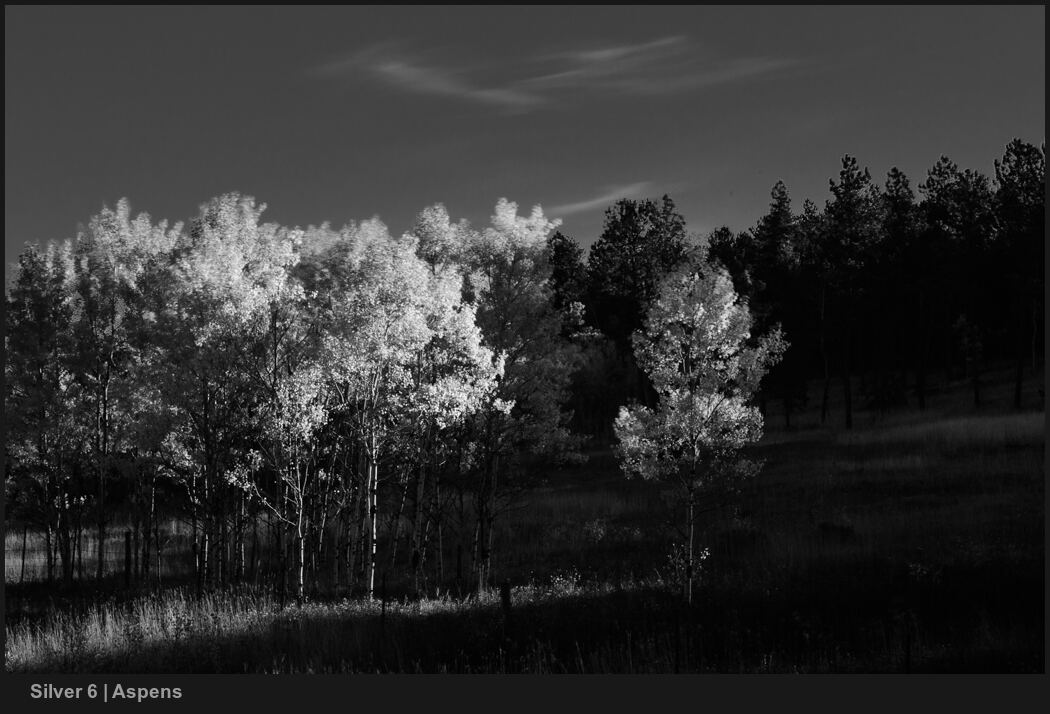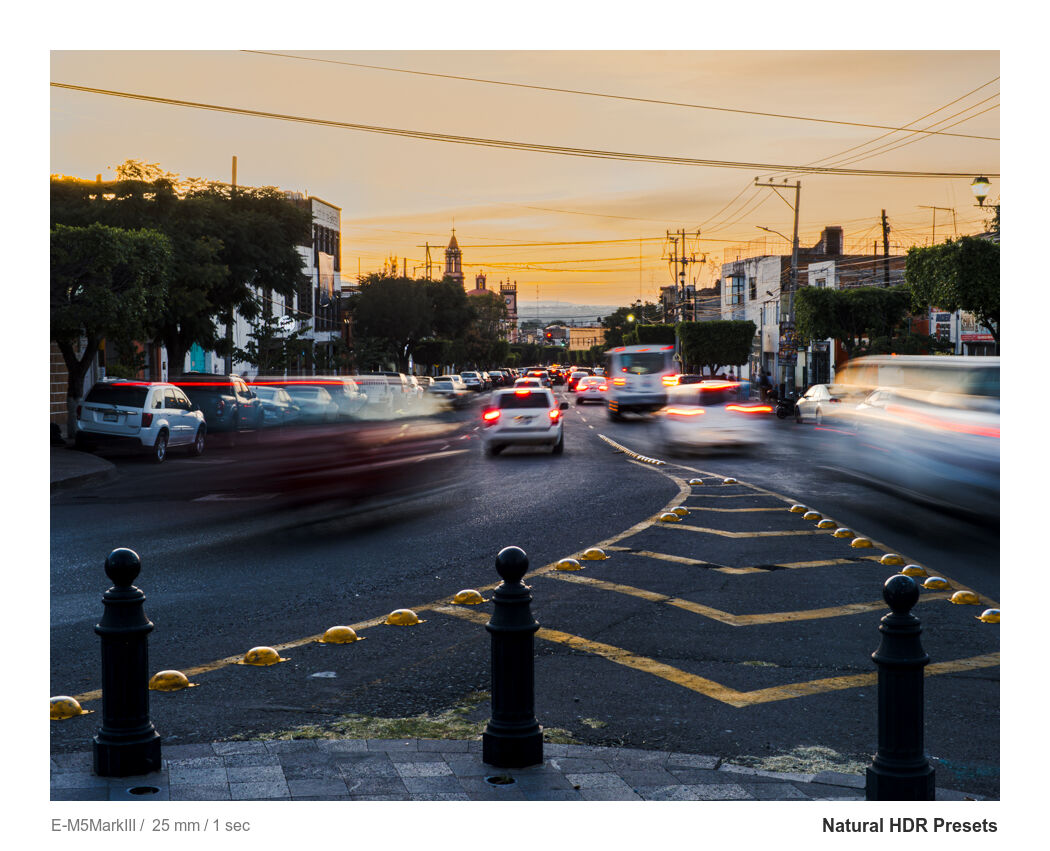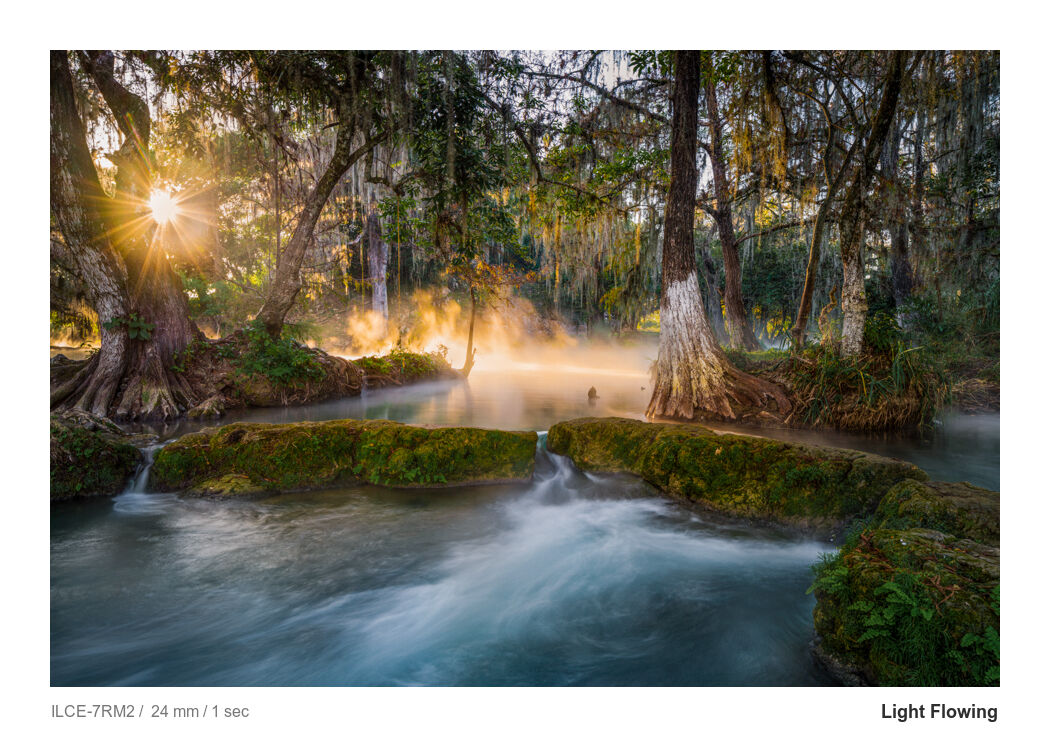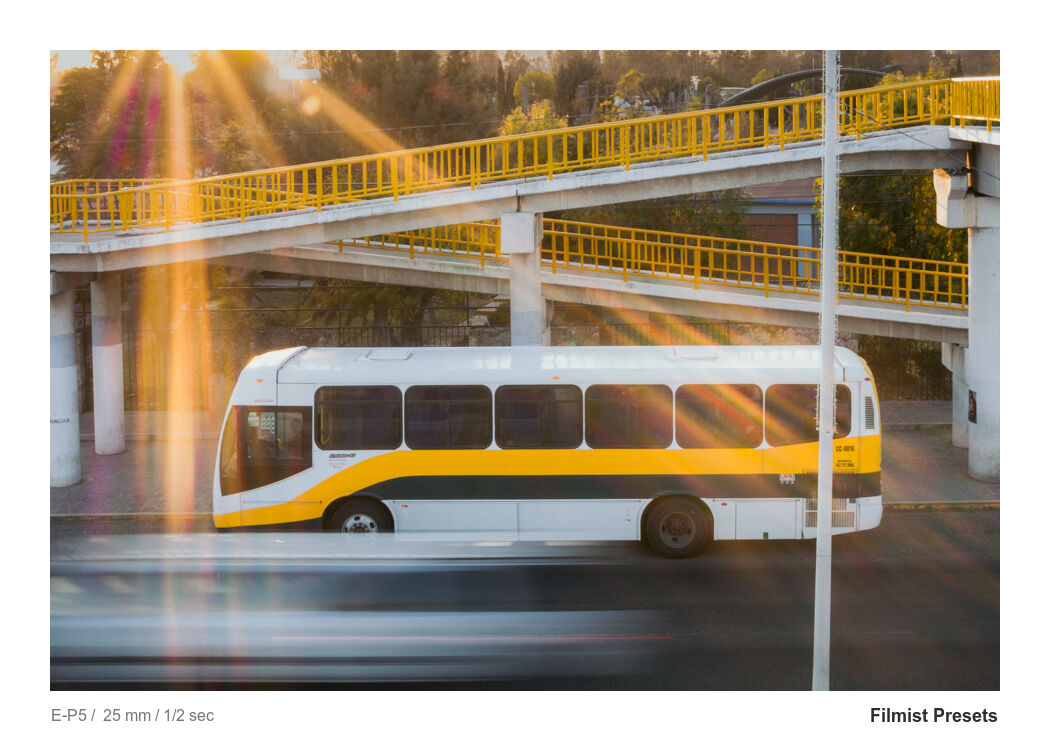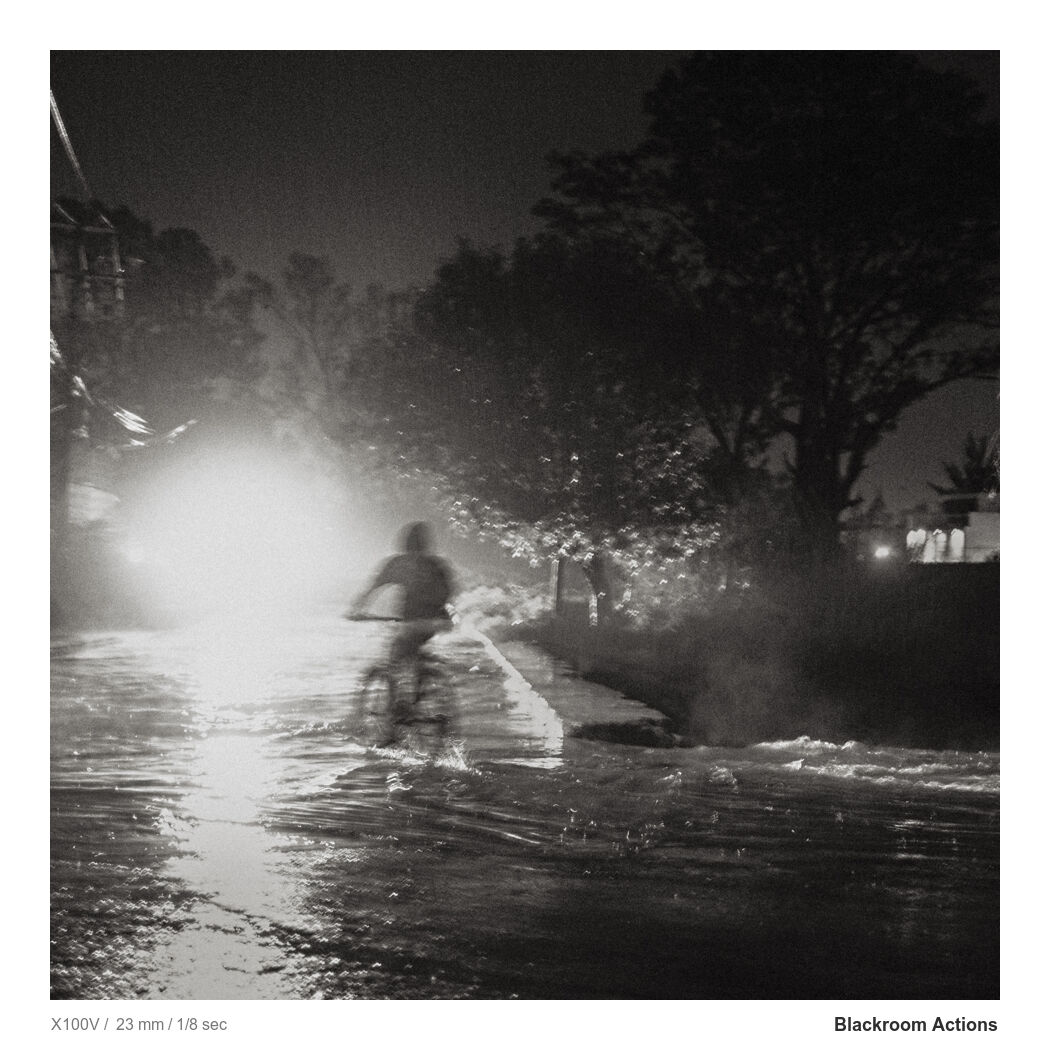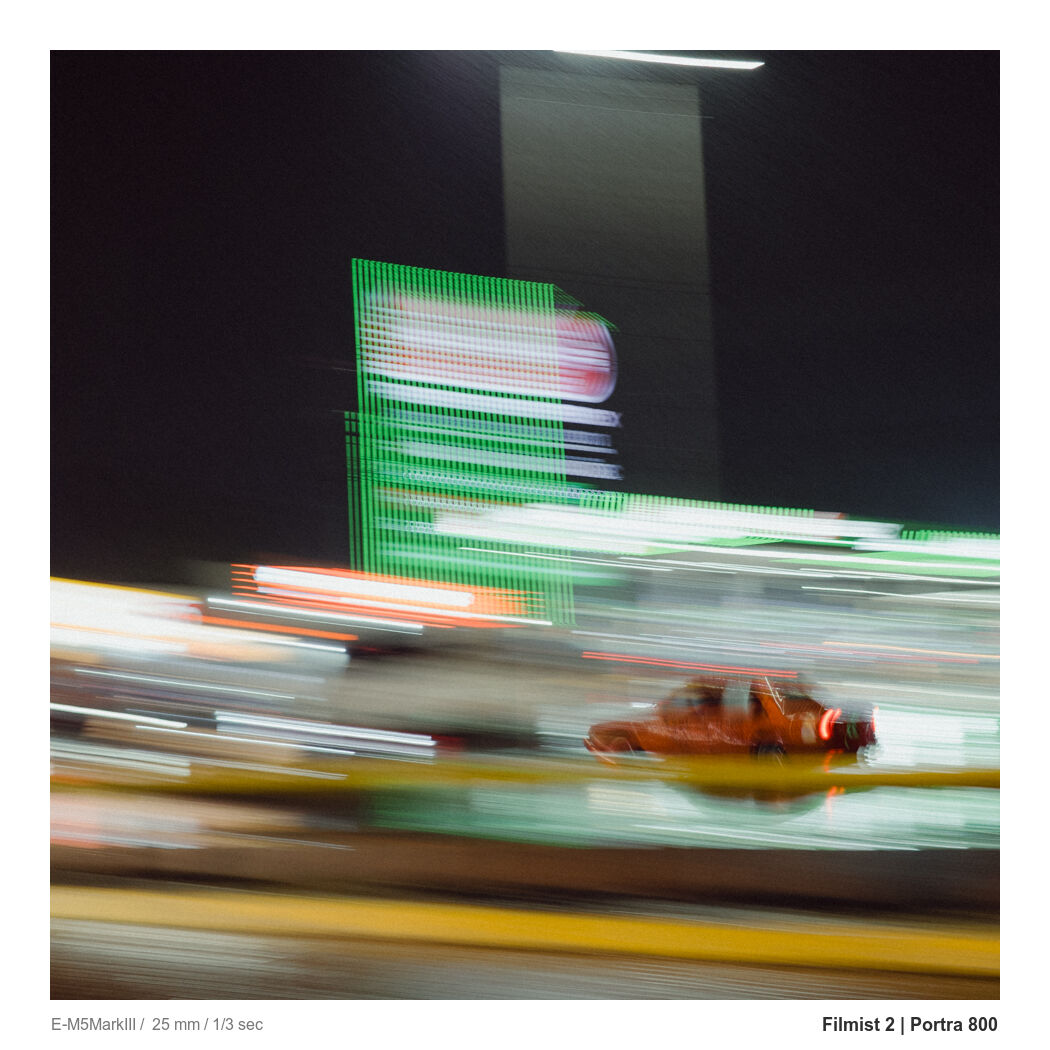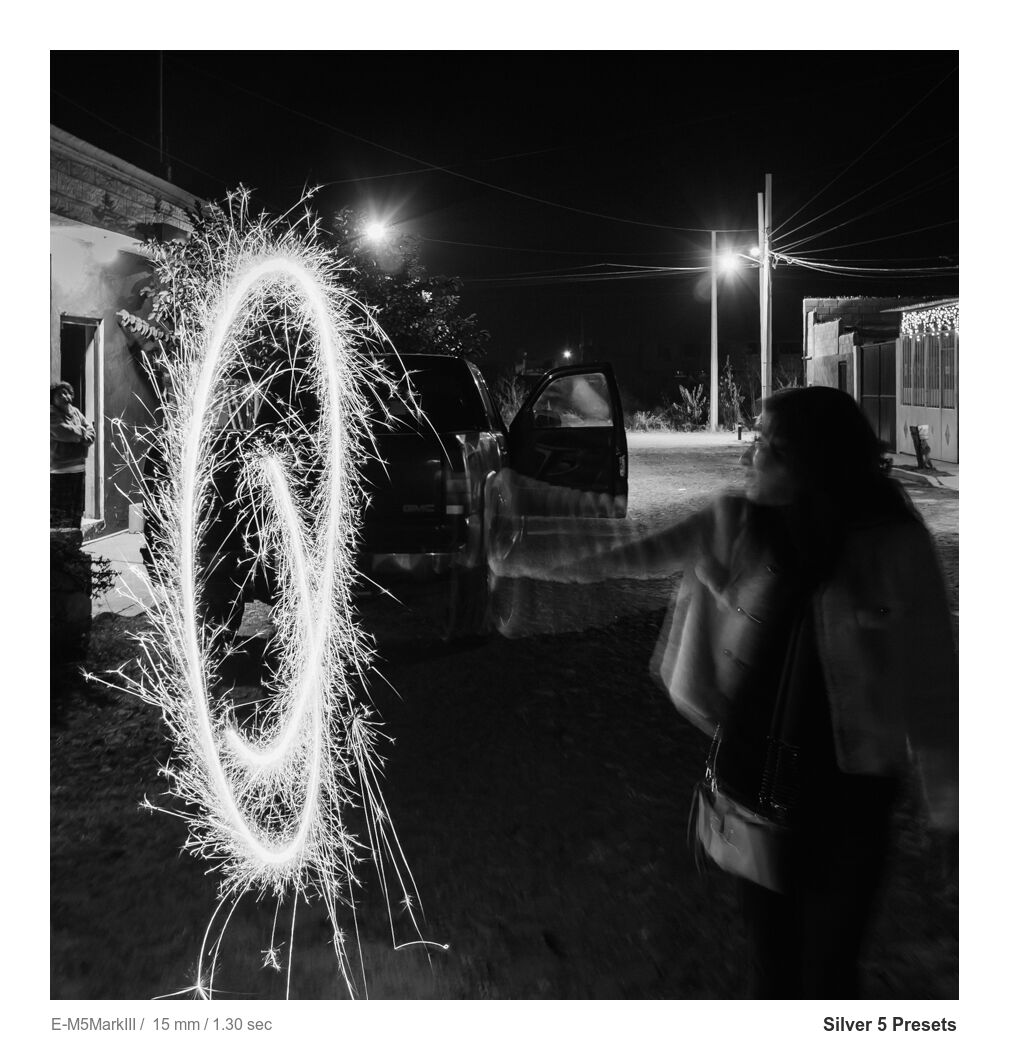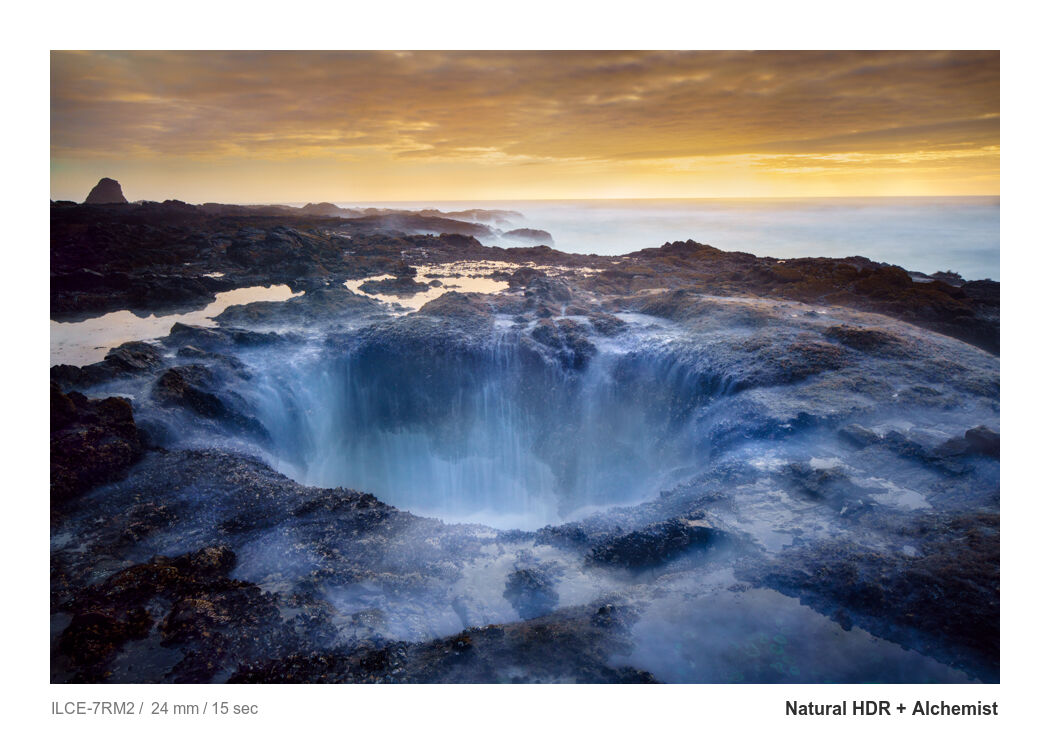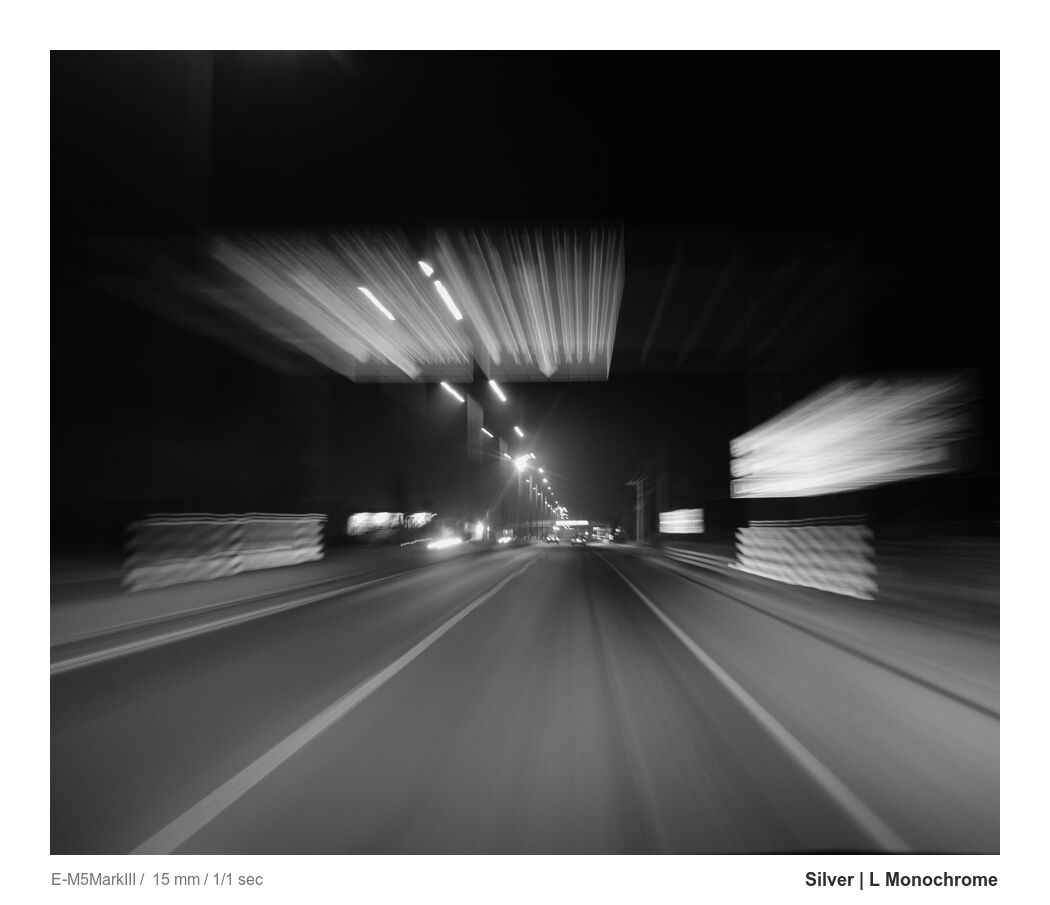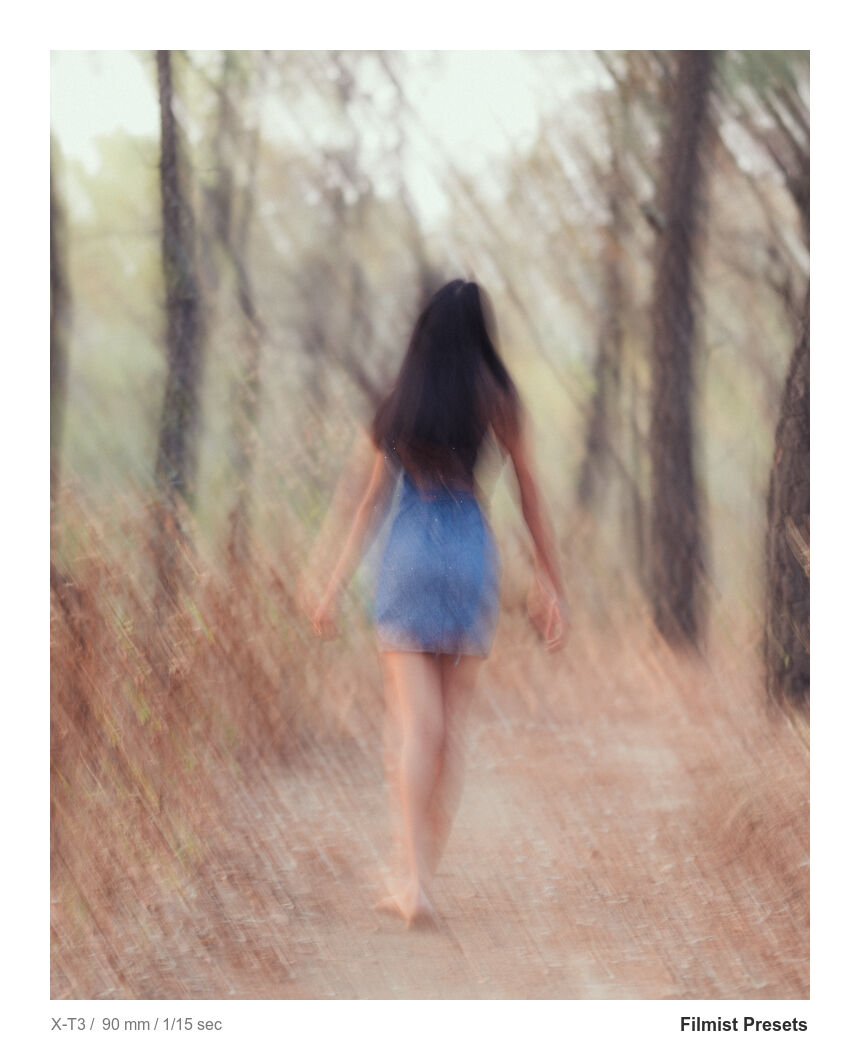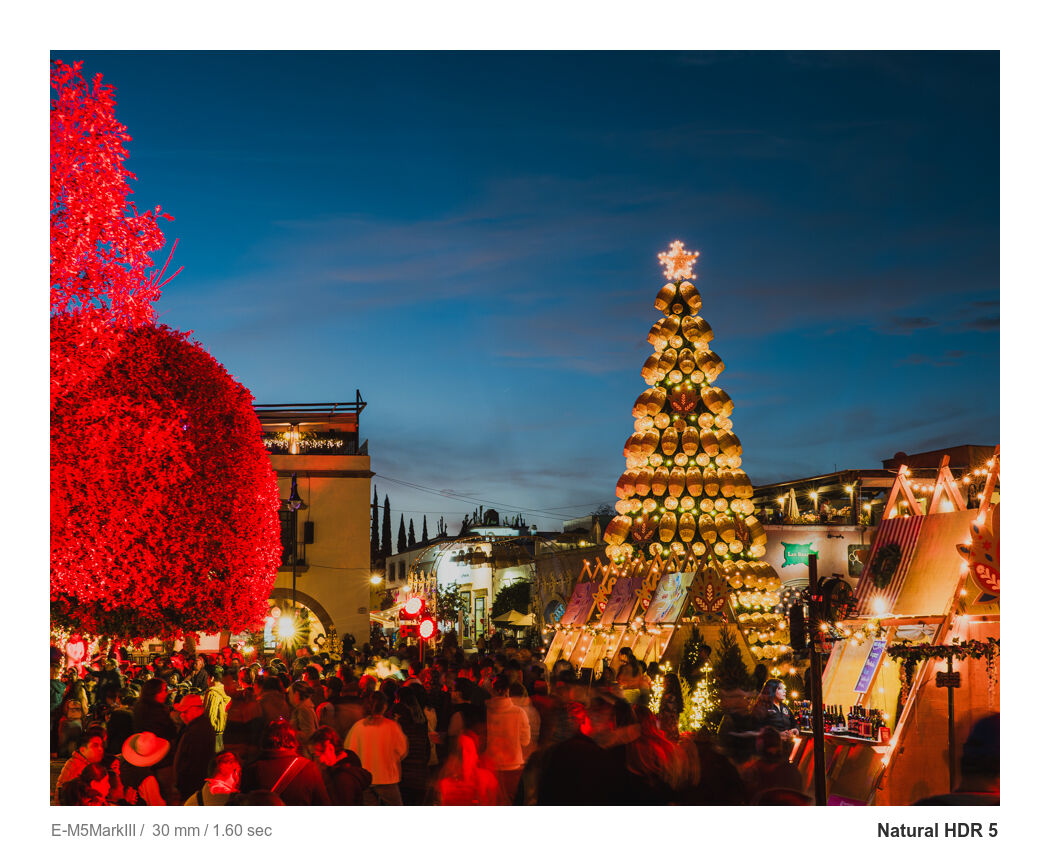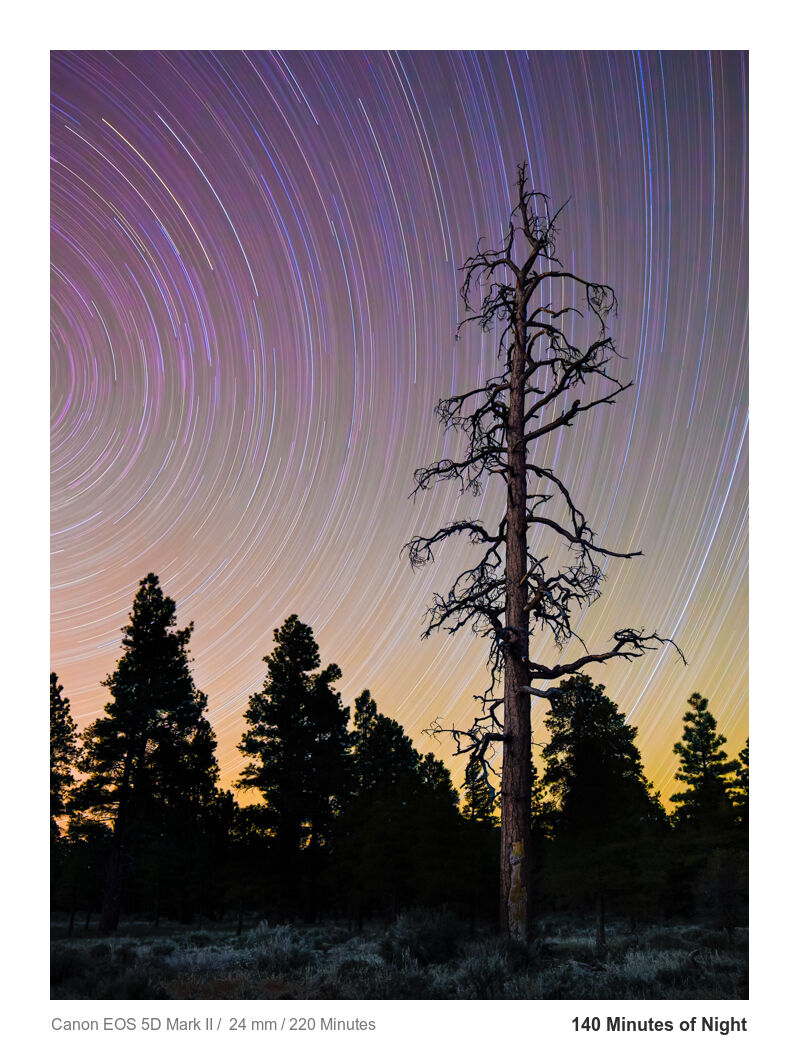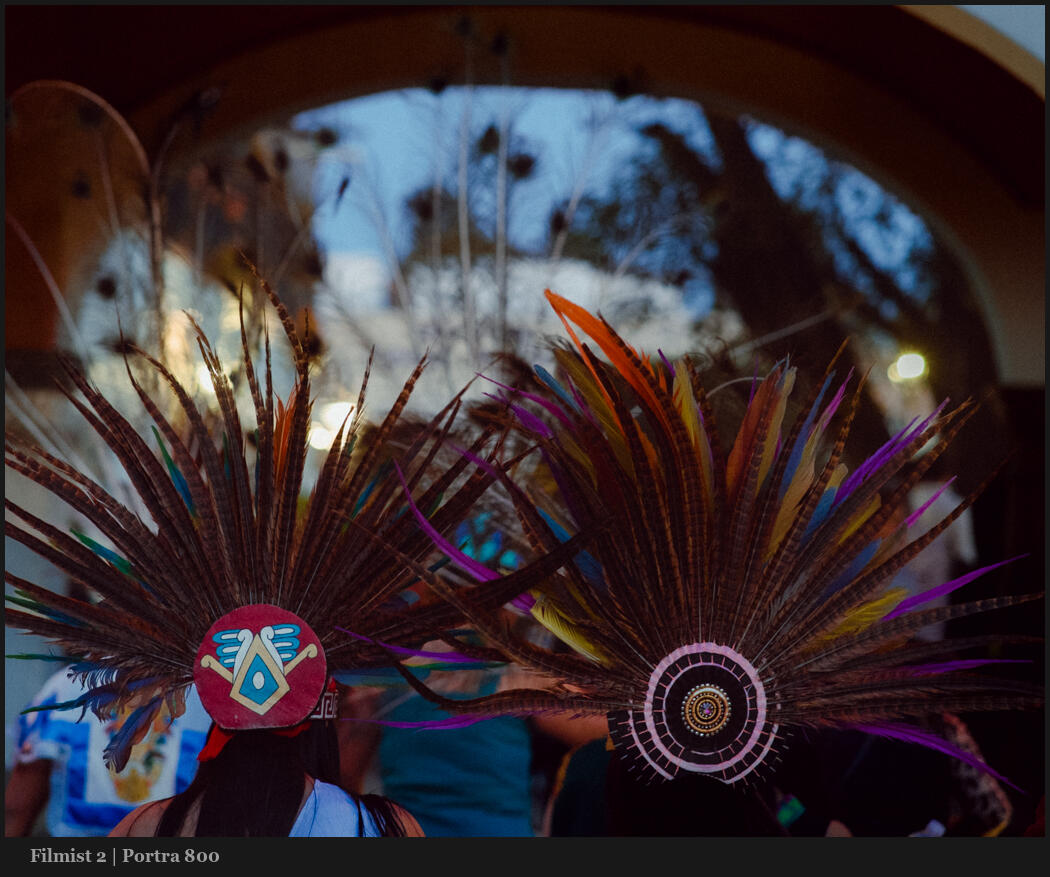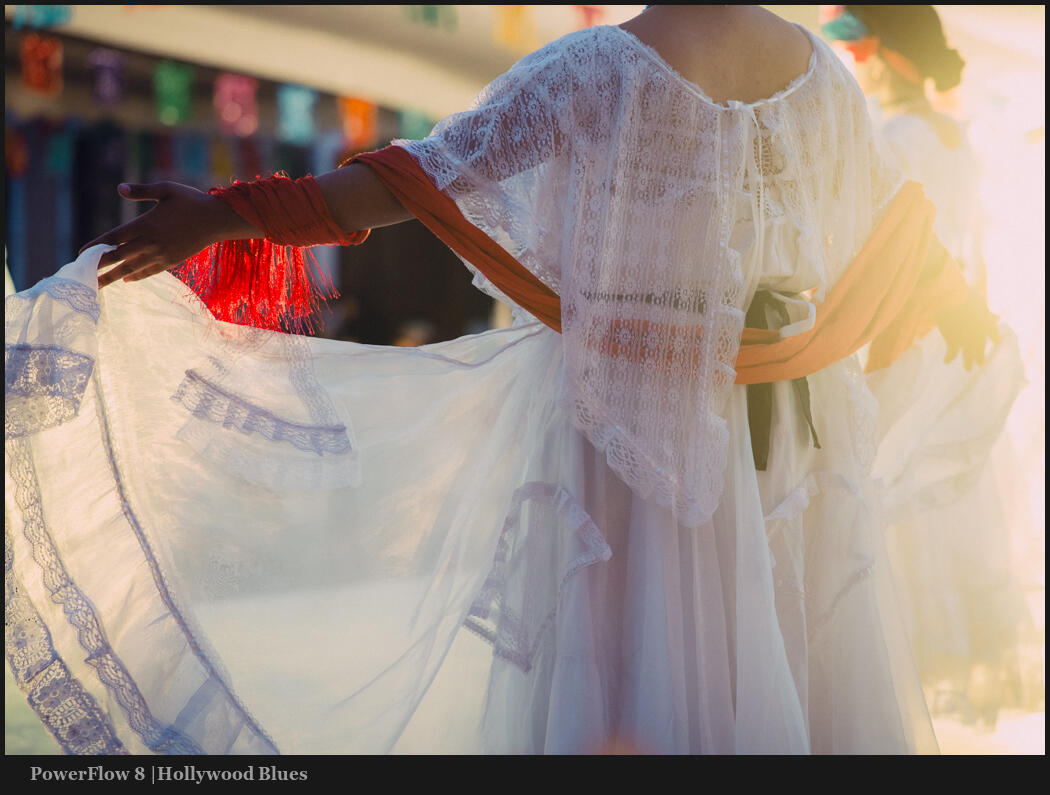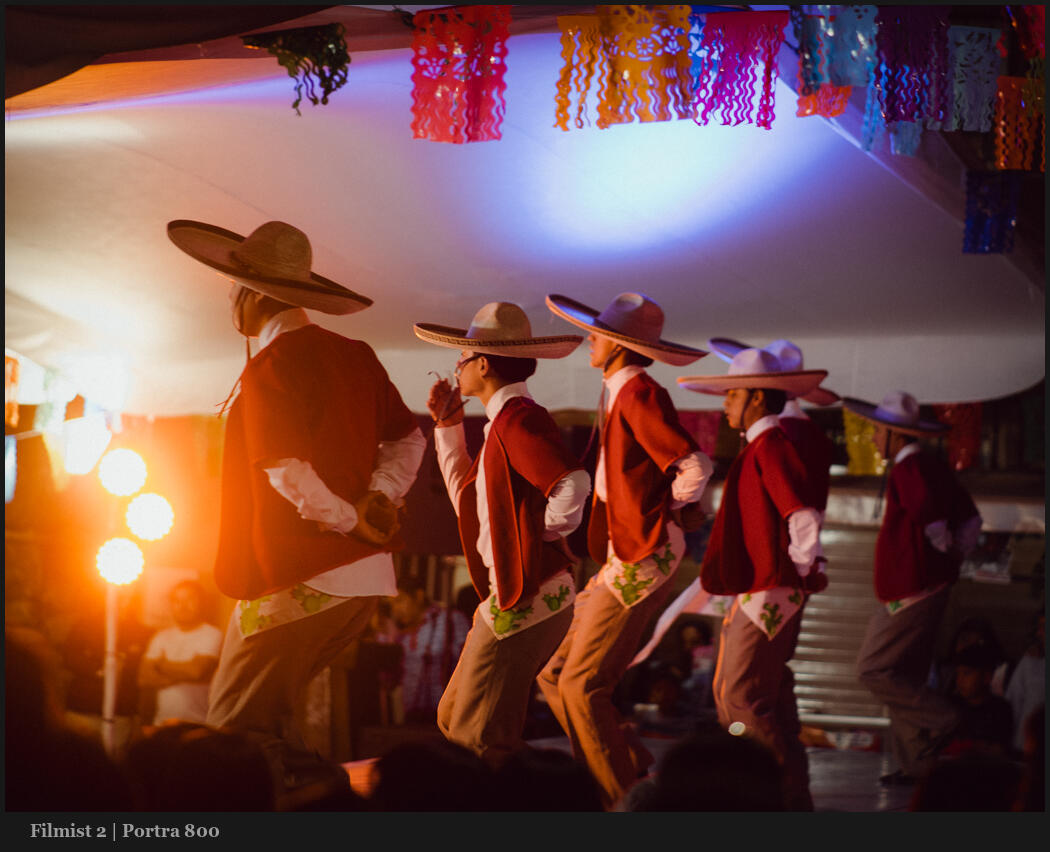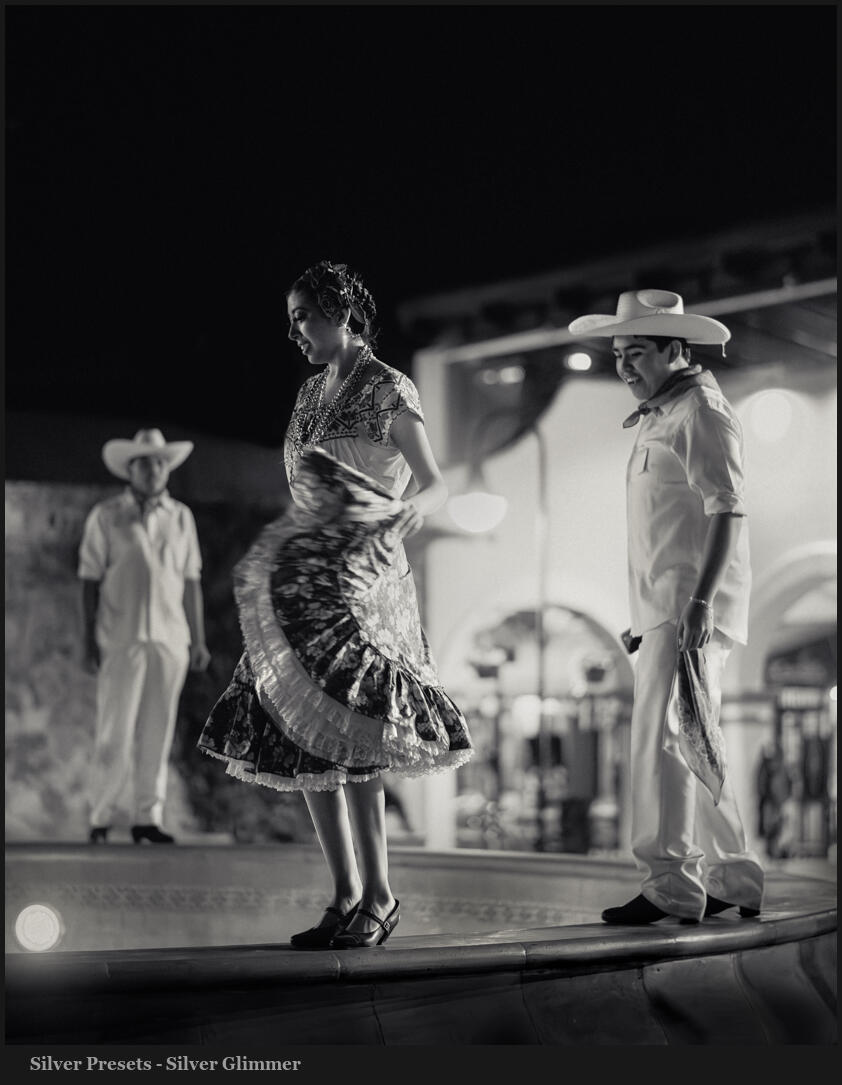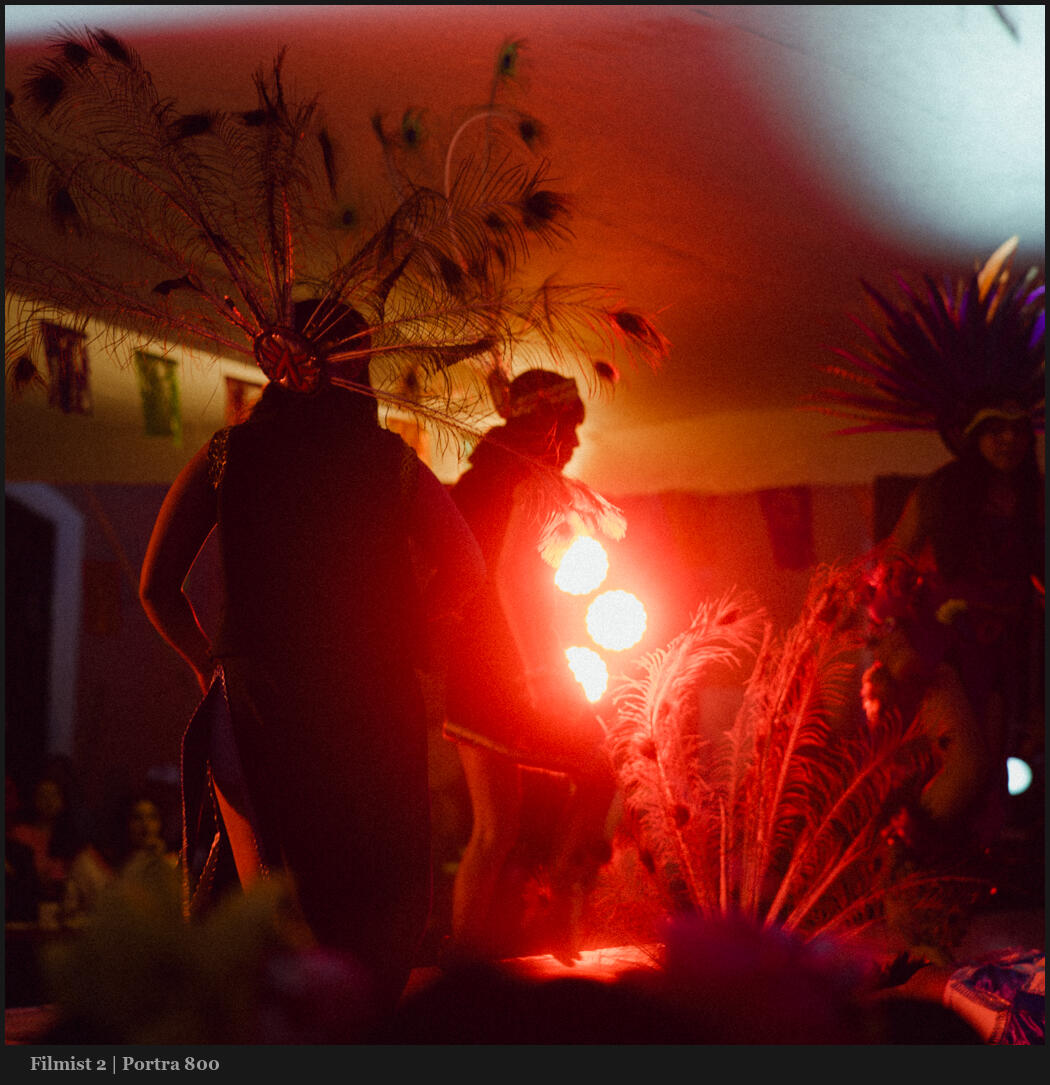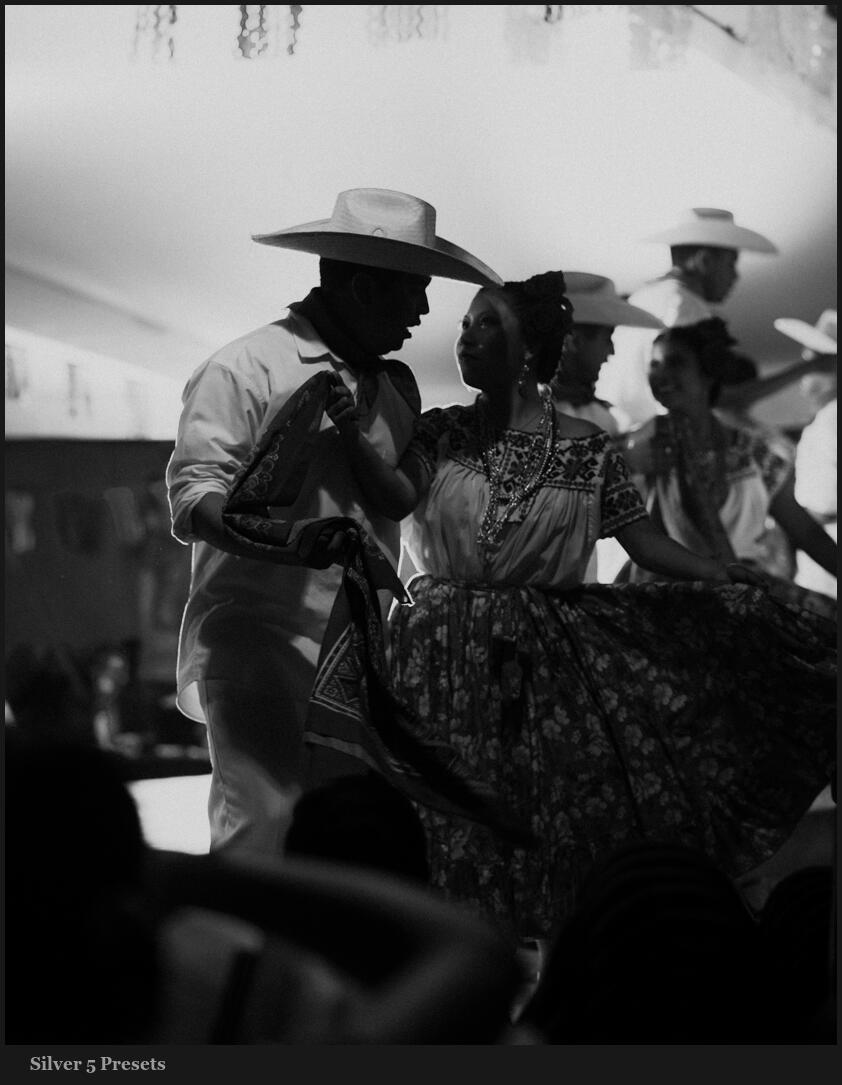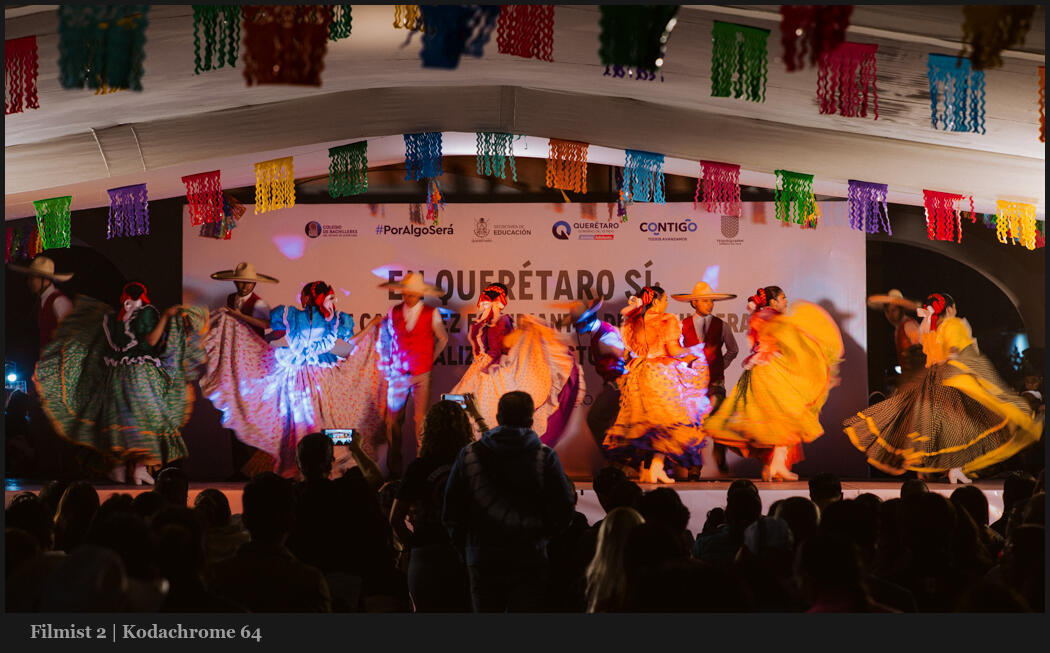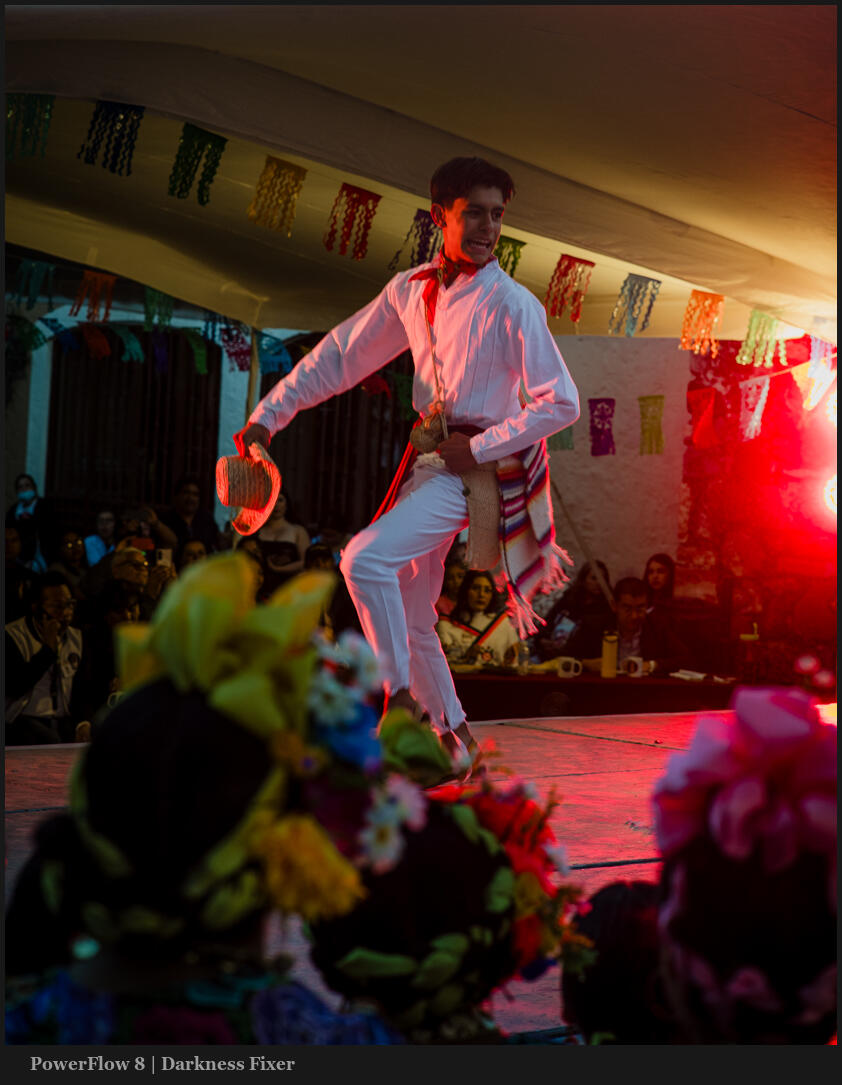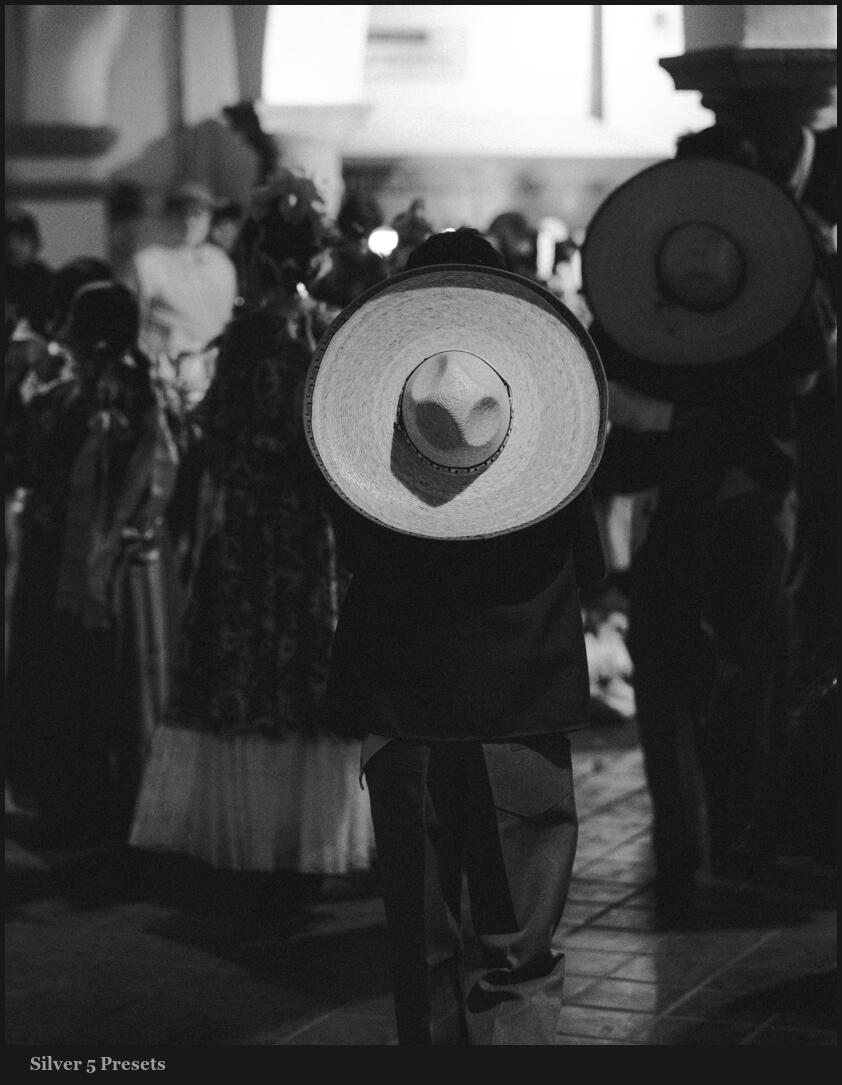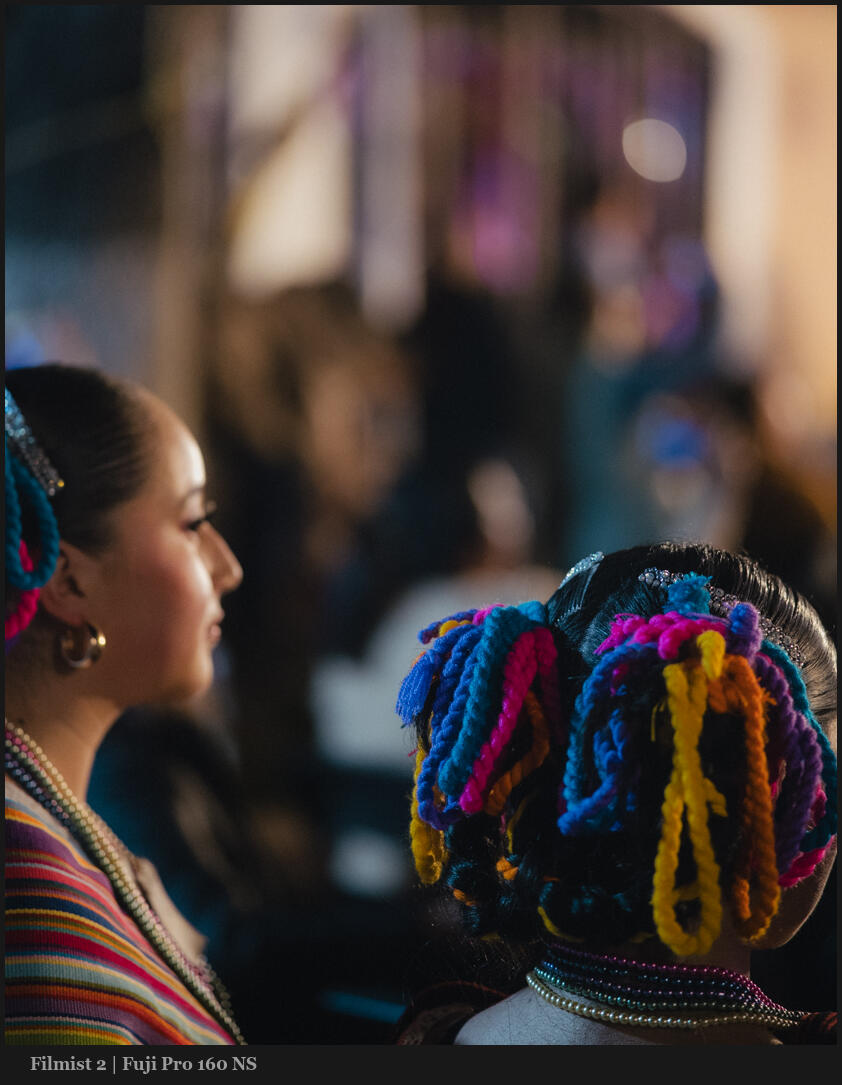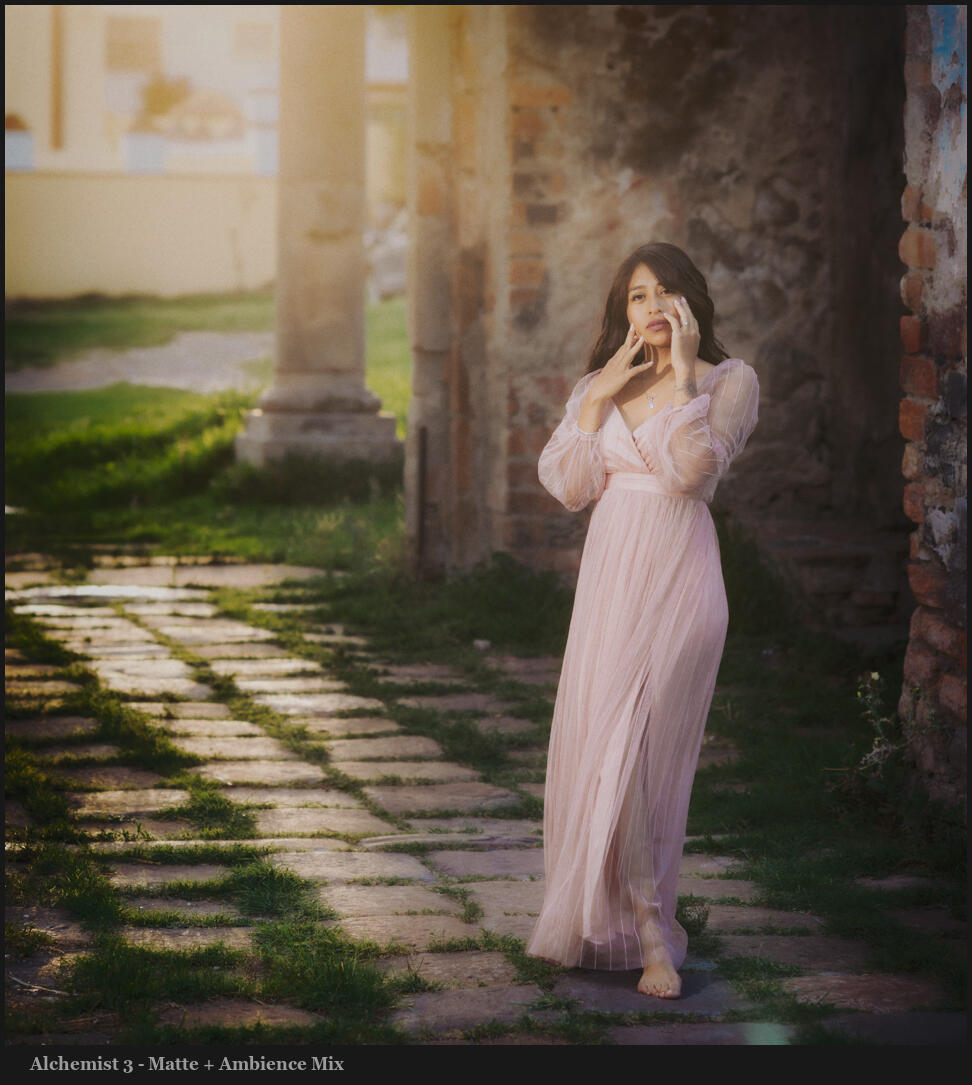This is a black-and-white method study. I will add notes on each photo of why they work and what details mattered most ot me. I used the amazing new Silver 6 Pack on all of these.
Some photos work great in black and white. Especially the ones you planned for black and white. Others go monochrome, and it’s chaos. But it’s not always what you think. The way you edit for tone changes everything.
These photos all have my personal notes. My tools are not essential here. But the method they show us is game-changing.
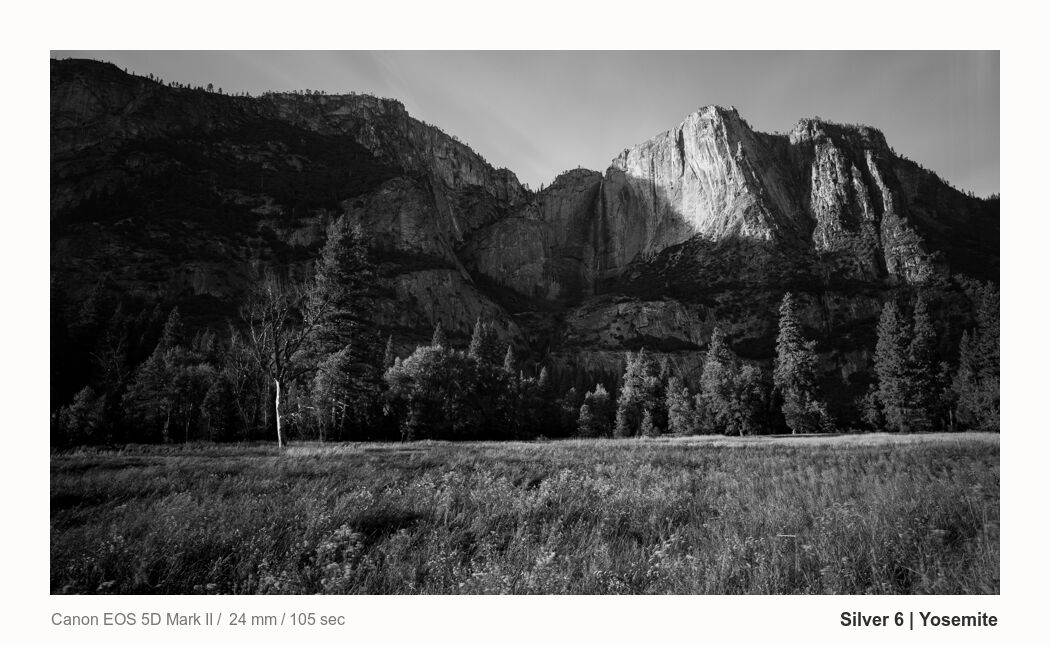
Notice the use of tonal range here. We always tend to lift shadows, but it’s the shadow that creates contrast and leads the eye.
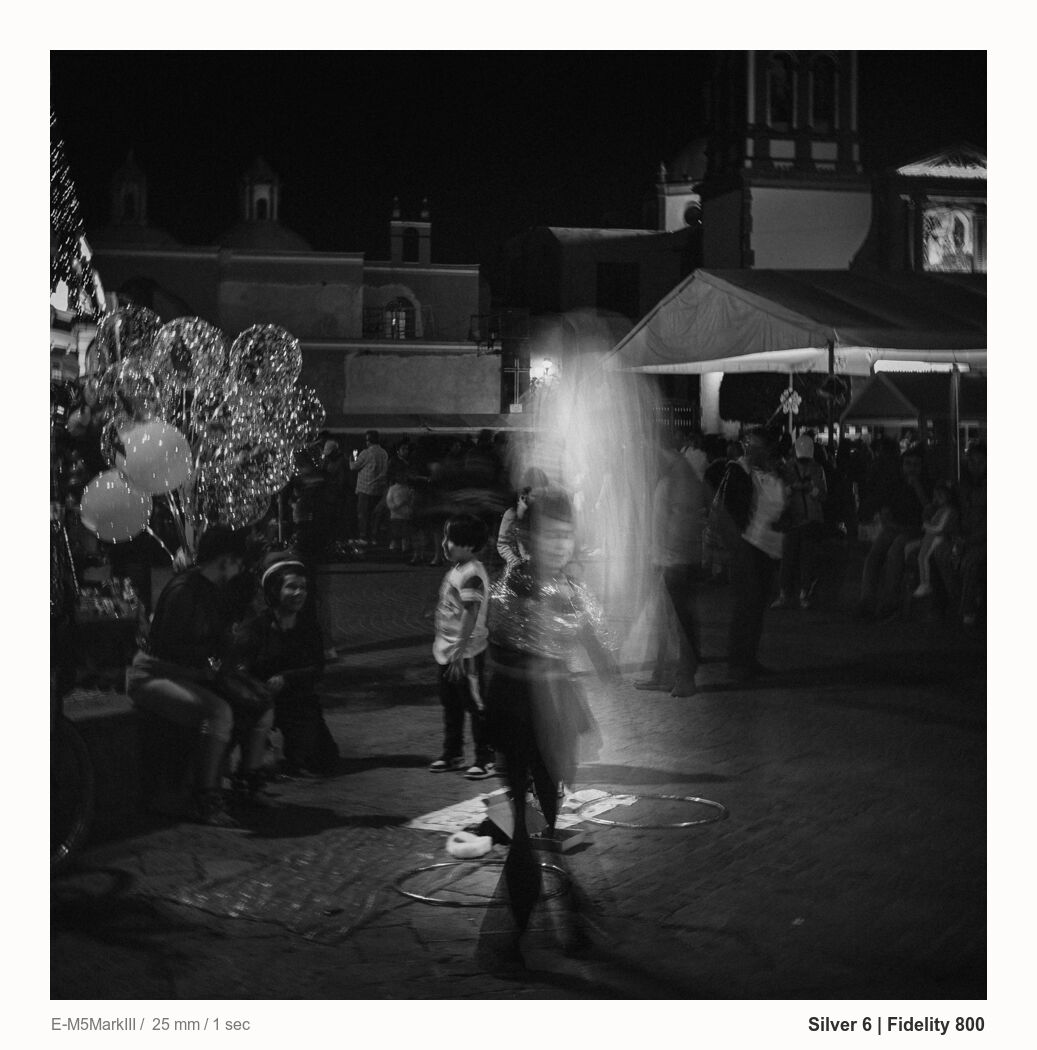
This could be another video because often in busy scenes, isolation is a big problem. Be brazen. I used a dark filmic preset, but I also burned heavily on the edges and dodged (brightened) the subject to use the ghostly blur of these street portraits and extract the feeling of the scene.
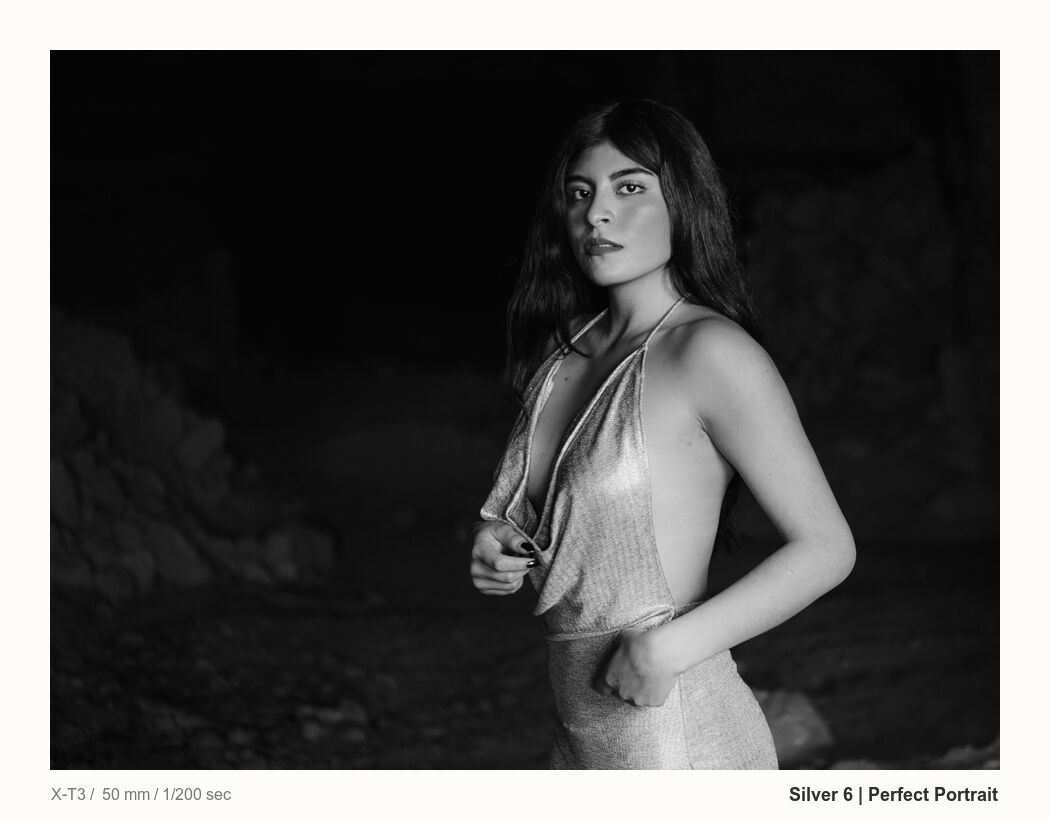
Should this have a hair light? Some would say so. But this soft portrait focuses conversion, lets the shadow frame the model. I like it. If you use Silver, you’ll notice that the portrait-focused recipes dial back on clarity and detail more like we would have achieved in film. Clarity sliders are way overused.

This was shot on 4×5 film, and what I had ignored in the archives. Like the one below that I made last week’s video, I used an Aspen recipe for extreme contrast that let the brilliance shine.

This was a rejected photo, and you can watch the video here. It was all about isolation. Sometimes, a black and white gets too busy, and you must tone down everything but your subject.

I show this in my Shadow Hackers classes a lot as a reminder that basic lighting methods are not always what a photo needs. The shadow category of Silver 6 really helps me find things I would not otherwise see.

This is so dark. I could have lightened it instead of using the shadow recipe so you see the whole scene. But this leaves you wondering. letting people see everything is one of the biggest mistakes in color and more in black and white.
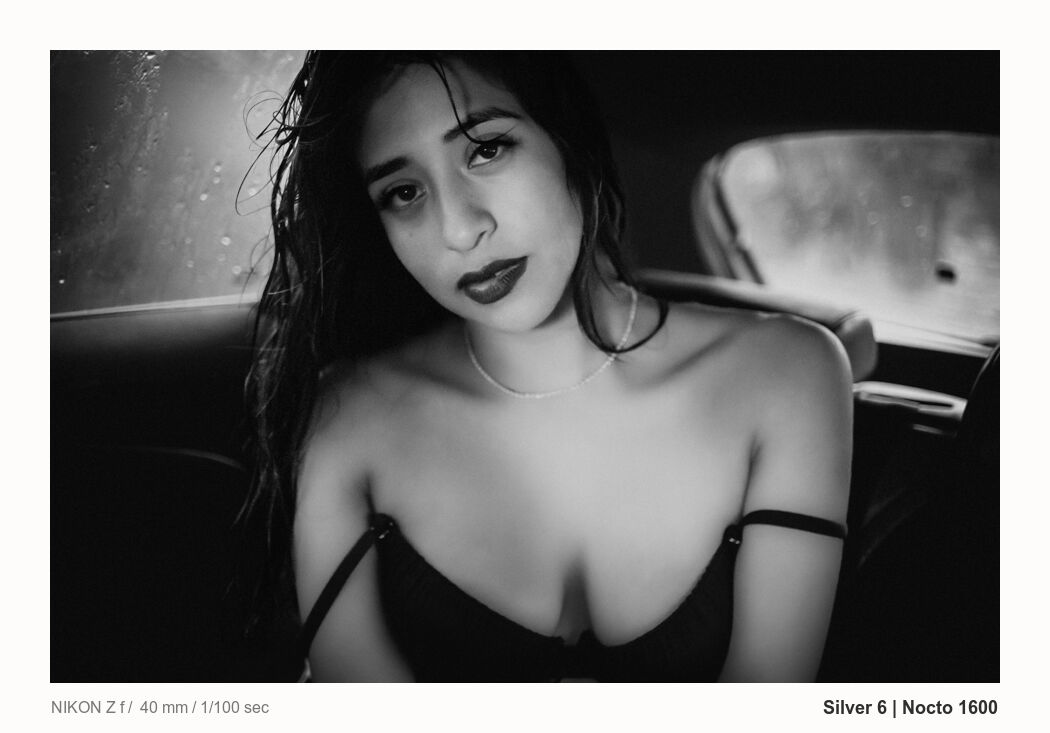
Soft tones, dark blacks. They work in portraits. I darkened the background a little so her face is dominant. But I did not try and do perfect lighting or follow all the rules. It’s a girl in a car, and the rest is left to the viewer.
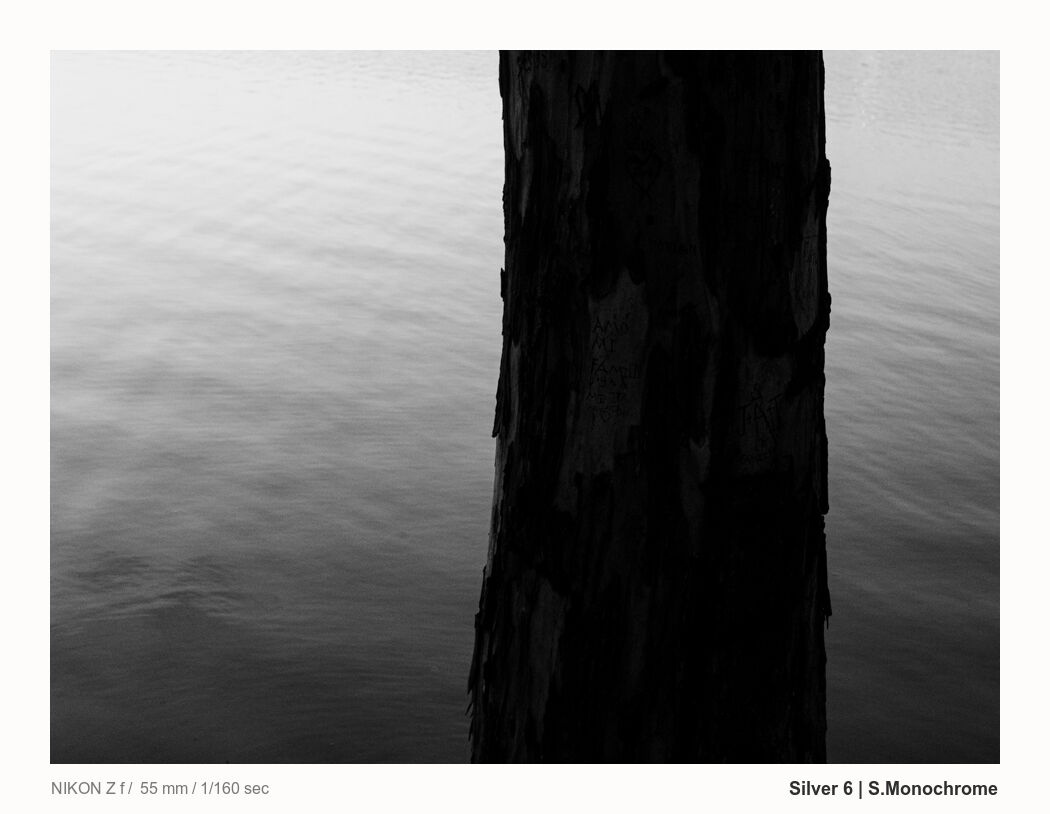
Minimal scenes work great in monochrome. But again, people make the mistake of lifting shadows instead of letting them drive the show. I left the tree very dark, but you can still know what you are seeing and wonder what surrounds it.

Back to busy night scenes. These are hard in color or black and white. Look for moments always. But then you need to frame them with backlights and pools of shadow. Don’t be afraid to burn edges and background to help them pop. Movement also draws the eye to the subject. Be liberal with shutter speed. More in my recent post on photographing events.
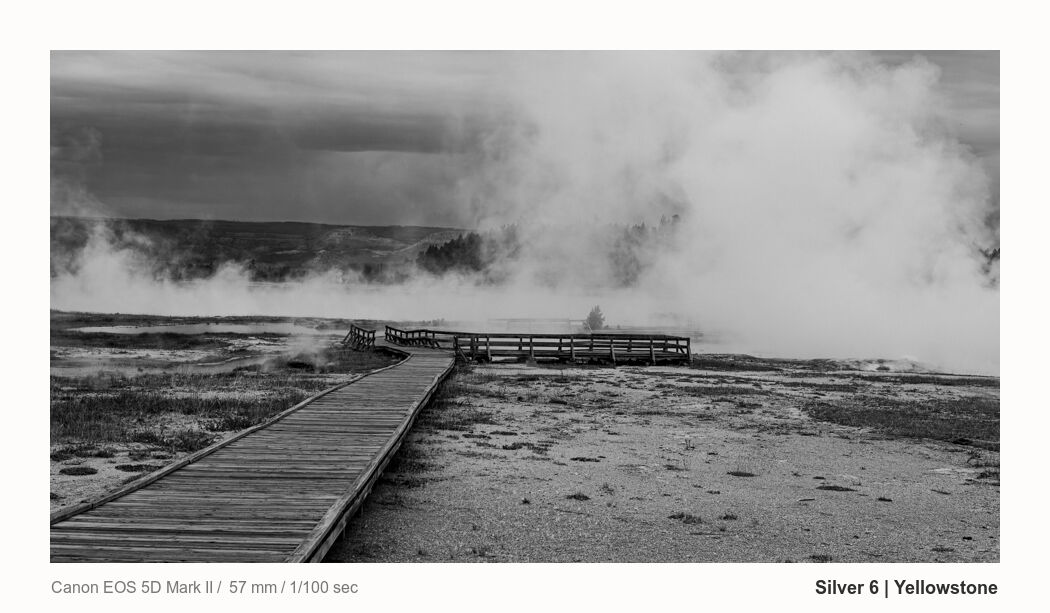
Yet another that said for years because it felt flat. Then I made Silver 6. This base preset would usually not be good for a portrait. But for these natural misty scenes it brings life to something that you might have thought was too flat.
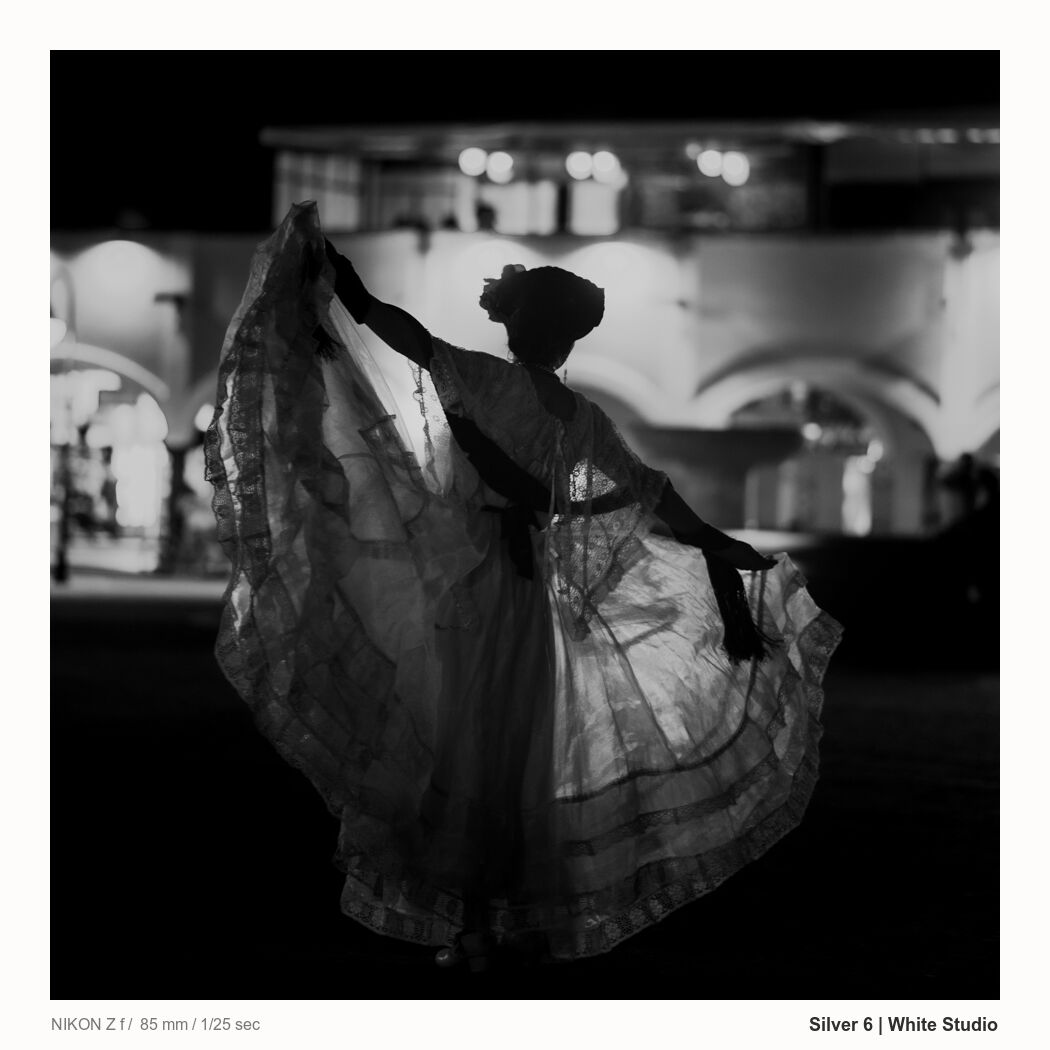
The backlight showcases the subject and texture here. But the large pool of shadow and letting it be shadow is what frames the entire thing.

Here we are backlight again. The model is almost all in shadow. It leaves her curves natural and imperfect but leaves you wanting to know more.
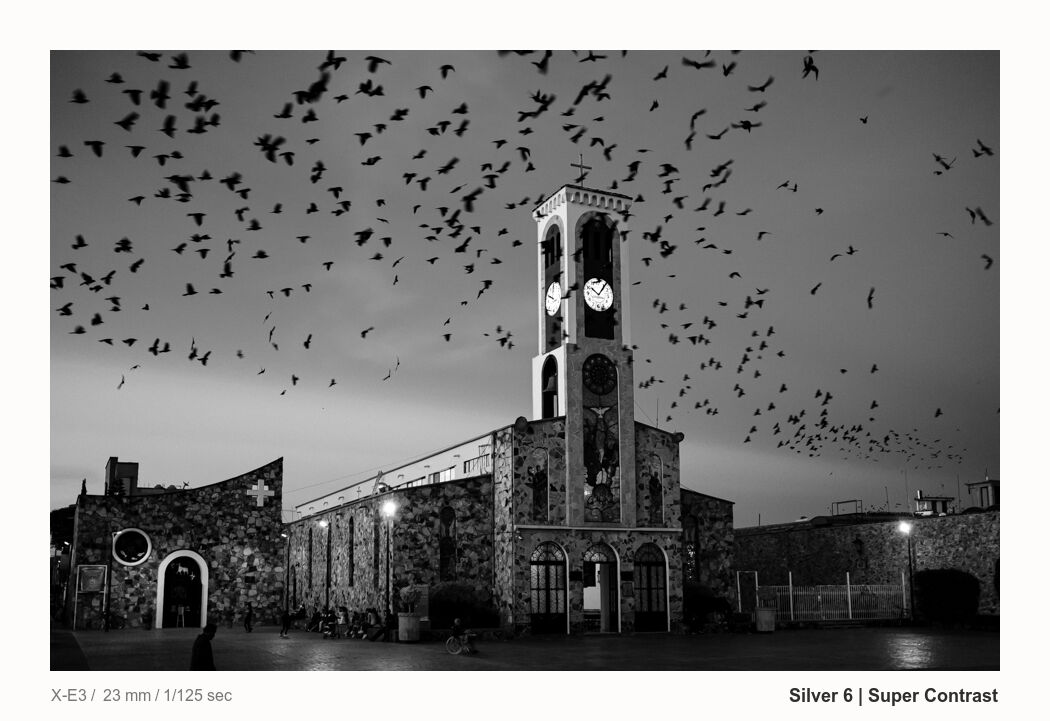
You’ve probably seen this one before, but it’s a favorite. It works again because of the shadow. I didn’t try to lift the foreground and let you see everything. I let you wonder what all those details are while the birds create mystery in this Mexico town square.
Great edits will find what you could not!
You see a theme here. Always focusing on the shadow. That’s what I teach. But it does not have to mean dark photos. It’s about using your eyes in the camera to frame, backlight, surround or lead eyes.
Then it’s about what legends like Ansel Adams and en Whitmore taught. Using the tone. Darken the lighting and, with digital processing and test those recipes to get the perfect values.
Not all photo work. But some photos work years after when you discover how to use tone better. Whether you make your own or use my Silver 6 pack, we can take shortcuts. Great recipes will do what you will not in your edit. But once you see it, you will realize that it’s exactly what the photo needed.
The method – Isolation
Eyes follow lines and framing, and most of all tone. If you use shadow and mix it with light, you can do light or dark scenes, and they work. Sometimes you just have to push tones around to let your subject be seen. That’s the key here.
The key is not following trends. It’s about finding how tones can mix to create the feeling and emotion that you saw in that scene when you pressed the shutter. It’s in there, look deeper.
The method is simple. Ask yourself what your subject is. Then see the shadow and how light is flowing, just like the masters of the darkroom. Don’t be afraid of black or pure white. Push as hard as you need until that subject is ISOLATED, the true focus that cannot be avoided.
This seems simple. But in reality, we rarely push that far. With it, you will often create a photo that creates more questions than it answers. But you will also either make the photo work, or learn why it failed, and do better in camera the next time.
The real story is making people imagine the story!
As I created Silver 6. I pushed myself really hard in this method. And I started discovering many photos I had failed to finish that just worked.
You can get Silver 6 here. But you can also start tinkering and creating recipes like I have spent years building and saving them, and you will be surprised by what you find.
Gavin Seim


